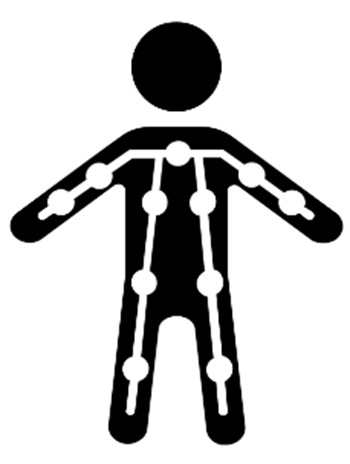“It’s not magic, it’s AI-powered pain point analysis”
In today’s competitive market, simply having a great product isn’t enough. But how do some companies seem to always know what their customers want? The answer lies not in magic, but in a strategic approach to customer analysis. The ICP Pain Points Analysis Framework provides a structured approach to identifying and analyzing these pain points, ensuring that companies can tailor their solutions effectively. Let’s dive into an AI-powered framework k that can help you uncover your customers’ deepest pain points and desires.
🚫 The Problem with Traditional Customer Analysis

Many businesses still rely on outdated methods to understand their customers:
- ⏳ Time-consuming interviews
- 📊 Limited analysis of support tickets
- ⚠️ Dangerous assumptions based on incomplete data
These approaches often lead to missed opportunities and wasted resources. But what if there was a better way?
🚀 Enter the AI-Powered Pain Point Analysis Framework
Step 1: Broad Insights with Perplexity AI
Start by casting a wide net to gather initial insights:
- Use Perplexity AI and search for “Common pain points for [Your ICP]”
- Activate “Pro Search” and “Social Focus” modes
- Collect real-time social insights about your ideal customer profile (ICP)
This step helps you tap into the collective consciousness of your target audience, giving you a bird’s-eye view of their concerns.
Step 2: Deep Dive with ChatGPT
Now it’s time to go deeper and create a comprehensive pain point matrix:
1. Use ChatGPT to create a matrix with the following columns:
- Problem
- Emotion
- Impact
- Solution
2. Probe for fears and aspirations related to each pain point
3. Build a rich customer profile based on the insights gathered
This step allows you to understand not just what problems your customers face, but how those problems affect them emotionally and practically.
Step 3: Turn Insights into Action
With a wealth of customer insights at your fingertips, it’s time to put them to work:
- Segment your audience based on identified pain points
- Craft targeted solutions for each segment
- Infuse these insights into your marketing, product development, and customer support strategies
- Continuously test, measure, and refine your approach
Remember, AI is a great tool, but it’s not perfect. Always double-check the insights it provides by comparing them with feedback from actual customers. This will help ensure that the AI’s conclusions are accurate and relevant to real-world needs.
Sample Use Case: How the ICP’s Pain Points works on AI tools
Step 1: Find Your IC’s Pain Points using Perplexity AI
Prompt: “Find the 5 most common pain points for Busy Startup Founders”
PRO TIP:
- Combine your perplexity search modes “pro search “ and “Social Focus” to find the latest discussions and listen to your ICPs
Step 2: Analyze ICP Pain Points using ChatGPT
Prompt: “You are an expert in [consumer behavior and market research]. Analyze the following list of pain points for my Ideal Customer Profiles (ICPs)“
PRO TIP:
- Keep your prompting approach very simple with o1 model
- Save time by exporting your table directly using “Spreadsheet maker” GPT in .csv or send it directly to google sheets.
Step 3: Grow Wild with Use Cases
In today’s competitive market, addressing customer pain points is critical to delivering better products and services. This pain points analysis framework highlights key strategies across various industries:
- E-Commerce: Streamline checkout processes for convenience.
- SaaS: Offer free trials to overcome risk aversion.
- Platforms: Simplify onboarding to reduce complexity.
- Segmentation: Group your audience by shared pain points.
- Training: Equip customer-facing teams to handle specific issues.
- Branding: Use customer pain points to refine brand messaging.
By targeting pain points, businesses can optimize customer experience and drive growth.
Have a Question?






